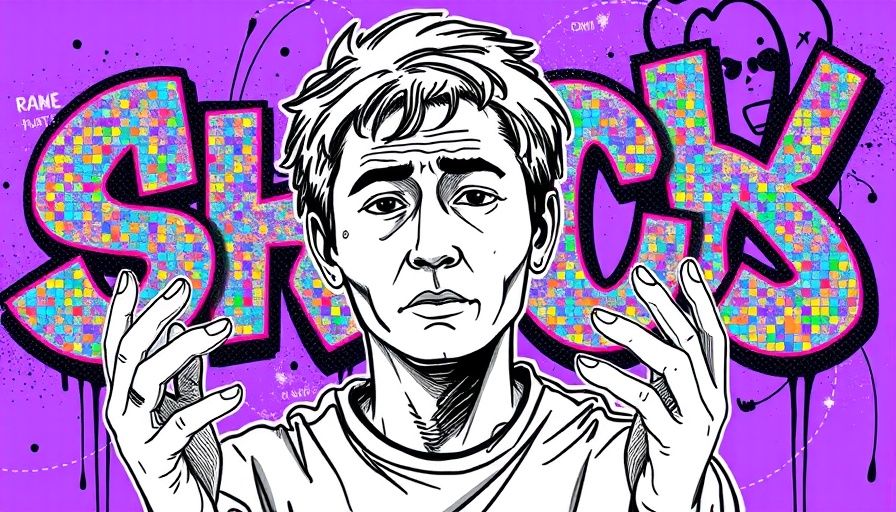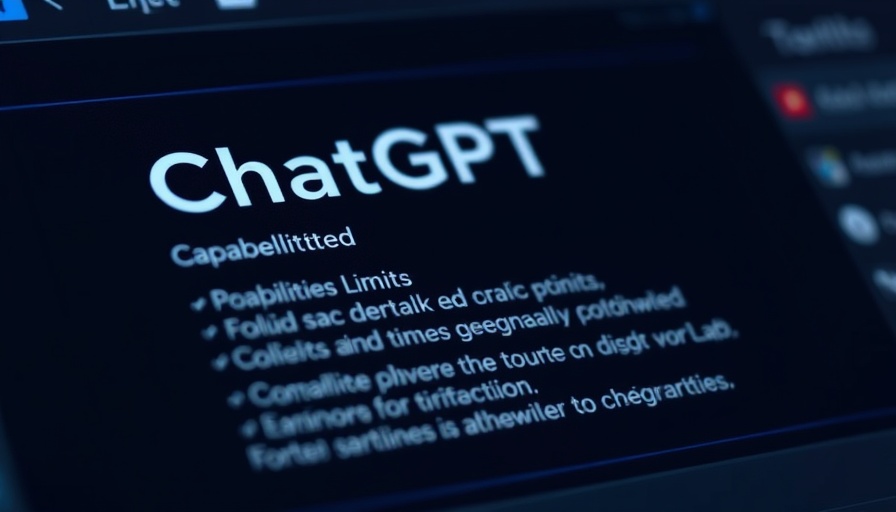
OpenAI's Newest Model: GPT-4.5's Troubling Accuracy
The world of artificial intelligence has witnessed a race to enhance models that can do everything from coding to writing. Yet, this ambition comes with a notable caveat: reliability. OpenAI's latest offering, the GPT-4.5 model, exemplifies this issue as it reportedly hallucinates—meaning it confidently presents false information—37% of the time during factuality tests. This figure poses serious questions regarding the trust in AI technologies.
What It Means for AI Reliability: High Stakes for Developers
The hallucination rate of GPT-4.5 is actually a point of contention within the AI community, especially given OpenAI's strong market position. It's somewhat puzzling that a company with a valuation in the hundreds of billions can produce a model that fabricates responses over one-third of the time. This leads us to wonder, how does this affect trust in AI and the tech industry as a whole? As Wenting Zhao, a doctoral student at Cornell, points out, even the best large language models can generate factually accurate text only about 35% of the time, suggesting that this is more of an industry-wide issue than just a shortfall of OpenAI.
Comparative Insights: How Does GPT-4.5 Stack Up?
When focusing solely on hallucination rates, it becomes clear that the GPT-4.5 is not alone in its inaccuracies. For context, OpenAI's other models show even more alarming rates: GPT-4o stands at about 61.8%, and the o3-mini model experiences a staggering 80.3% hallucination rate, according to tests conducted with the SimpleQA tool. In an industry that prides itself on advances in AI capabilities, these statistics are troubling and raise questions about the fundamental trustworthiness of all AI outputs.
Industry Implications: Who Will Take Responsibility?
The implications don't merely affect consumers; they ripple through the entire AI supply chain. As trust falters, so too does the willingness of stakeholders—investors, users, and developers—to engage with these systems. If OpenAI fails to rectify the hallucination issue, the brand could see diminishing returns on its market dominance, especially with emerging competitors like xAI and Anthropic racing to release their own advanced systems.
The Challenge Moves Forward: Where Is Innovation Headed?
Despite the controversies, OpenAI has signaled a reduction in hallucination rates with GPT-4.5 compared to previous models, framing the 37% rate as a step in the right direction. However, the overall struggle for quality in the AI sphere remains. As companies like OpenAI hurry towards innovation, the pressing need to ensure accountability and accurate content must continue to dictate the pace of development.
Actionable Insights: What Should AI Enthusiasts Watch For?
For AI enthusiasts engaged in advancements in this technology, it is imperative to recognize the significance of these findings. As new models roll out, closely monitor their performance metrics, particularly regarding factual accuracy. Engaging in conversations with the larger AI community can help clarify the realities behind these technologies and spread awareness of possible pitfalls. Users should also consider contributing to public discourse on the ethical responsibilities of AI firms when faced with shortcomings in their products.
In a landscape where transparency is needed, being informed empowers enthusiasts to make better decisions both for themselves and their organizations as they navigate this evolving terrain.
 Add Row
Add Row  Add
Add 




 Add Row
Add Row  Add
Add 

Write A Comment